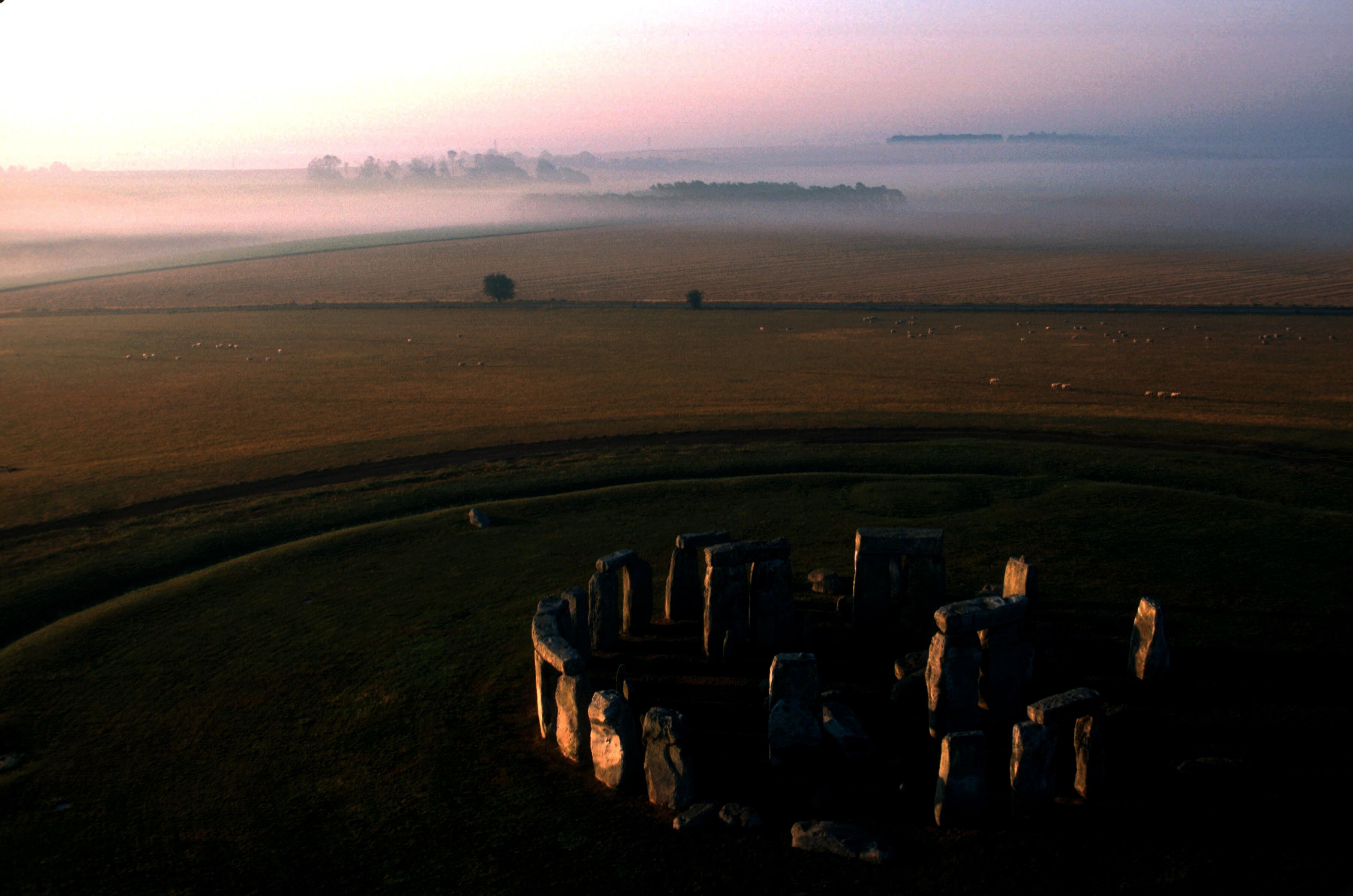Jason Goodwin: The portrait of my mother I never knew existed, and how it came to me 62 years after it was painted
A chance encounter united our columnist Jason Goodwin with a portrait of his mother that he never knew existed.

Caroline Hill painted landscapes, mostly in France, still lifes and portraits. Graham Greene was her most celebrated sitter; her portrait of Sir Lennox Berkeley hangs in the National Portrait Gallery. In 1959, when they were young, she did a portrait of my mother, Jocasta Innes, which I never knew about.
Ten years later, Jocasta and her lover, Joe, took the basement flat in Blackheath as the lodgers of Caroline and her husband, Nic. My mother and Joe lived at the scrattier end of Bohemia. Once, they flooded the flat. On one occasion, smoking in bed, they set it alight. I have no doubt there were rows about art and love and money. One morning, Nic found his wife’s portrait of Jocasta lying in a nearby skip.
I knew nothing about any of this. I don’t remember the Blackheath house or its downstairs flat: my earliest memory is of a house in Islington. Later, they were gone, Jocasta and Joe, down to Dorset: the ‘Good Life’, swimming and looking for mussels. Nobody mentioned the lost portrait.
I never knew Caroline. She was by all accounts beautiful and a lot of fun, as well as a talented, serious painter. Johnny Gathorne-Hardy recalled her as an impulsive girl, fond of talk and drink and even gambling. She told a story that used to make them laugh, how she had taken it into her head to invest her profits from a show — some £500 — in Krugerrands. She went to the bank with a shopping trolley to haul away the gold and was surprised to be passed a small envelope containing a few coins.
"The picture finally arrived last week, bigger than I expected, serious, compelling and beautiful"
As a painter, she revealed another side: earnest, concentrated, fierce in her determination to render the picture complete. She studied at the Slade under William Coldstream, one of the so-called Euston Road School painters, for whom, as Colin Anson wrote: ‘Reality was not the starting point... it was the end itself; the whole painting was the attempt to reach it.’ The Slade, unfashionably even then, taught drawing as ‘the accurate mapping out on a flat surface of three-dimensional forms as seen from a single viewpoint’.
The direct simplicity in Hill’s work was not naivety. She worked with austere dedication, with tiny brushes, not speaking, not showing: she would never let a sitter see the portrait before it was done. She never overpainted: changes were excised with a razor blade. One subject sat for four months, unaware that Caroline, unsatisfied with the first result, had painted a whole new portrait.
I would have known none of this, perhaps, but for the eagle eye of Mary Miers, late of this parish, who rang me one morning from Aldeburgh, visiting a man called Nicolas Hill in her role as Fine Arts Editor for Country Life. She had been arrested on the stairs by a portrait of a young woman.
Exquisite houses, the beauty of Nature, and how to get the most from your life, straight to your inbox.
So I learned its story. Nic wouldn’t part with it, so there it stuck, until, out of the blue, I got a message from Nic and Caroline’s son. Nic died. A deal was struck. The picture arrived, bigger than I expected, serious, compelling and beautiful.
Jocasta did know about the painting. It was shown at Caroline’s final retrospective in 1985 and my mother wrote ‘that Caroline, dabbing and rubbing with hesitant truthfulness, had recorded honestly the face I then presented to the world. Wide-eyed but opaque, a dolly bird mask guarding a perplexed and divided young female spirit. Implicit, too, in Caroline’s view of me, was something of herself, perhaps no less perplexed and probably more melancholy. But this,’ she adds, ‘is hindsight.’
Hindsight, perhaps: melancholy, certainly. In 1983, at the age of 48, Caroline took a train to Brighton, and walked into the sea.

Credit: Getty Images
Jason Goodwin: 'My friend was puzzled to discover me up a stepladder, cradling my airgun and scanning vegetable beds'
Jason Goodwin takes on the rats, and loses.

Jason Goodwin: 'What gets lost will be forever lost, whereas pylons, cars and trains may be rendered obsolete'
Jason Goodwin muses on economics, Stonehenge and social media.

Jason Goodwin: 'Politicians need historians as much as kings need minstrels'
Jason Goodwin undertakes a family cycle ride along the Danube.